Cellulose packaging – Data 2020
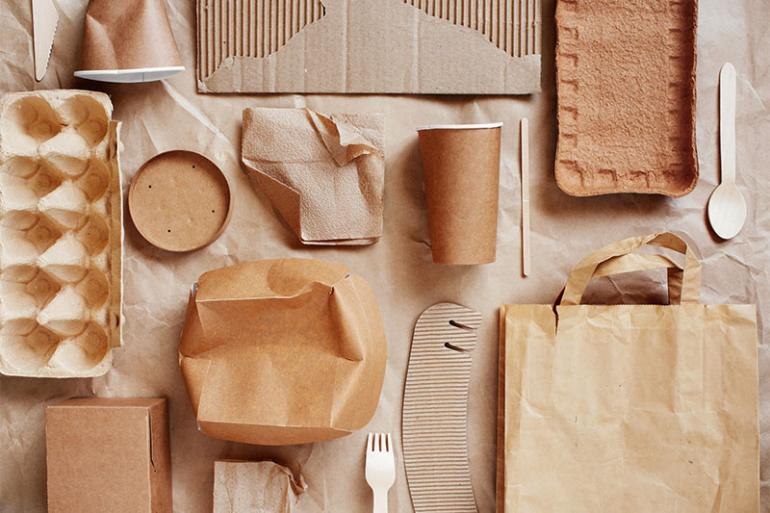
From Europe to Italy, the market trend of a type of packaging widely used in all sectors.
Barbara Iascone
Istituto Italiano Imballaggio
In terms of tons, the cellulose packaging sector is the most representative of the entire packaging sector in Italy (32.9% share).
According to the indications presented in Packaging in figures, there are 5 types of packaging that belong to this sector:
- corrugated cardboard sheets and containers (including displays);
- cartons and folding carton boxes;
- large paper bags;
- other cellulosic packaging (cellulose drums, tubes, wrapping paper, small bags and shoppers, labels, paper supports in the knitwear and clothing sector, etc.);
- laminated rigid containers with a prevalence of paper.
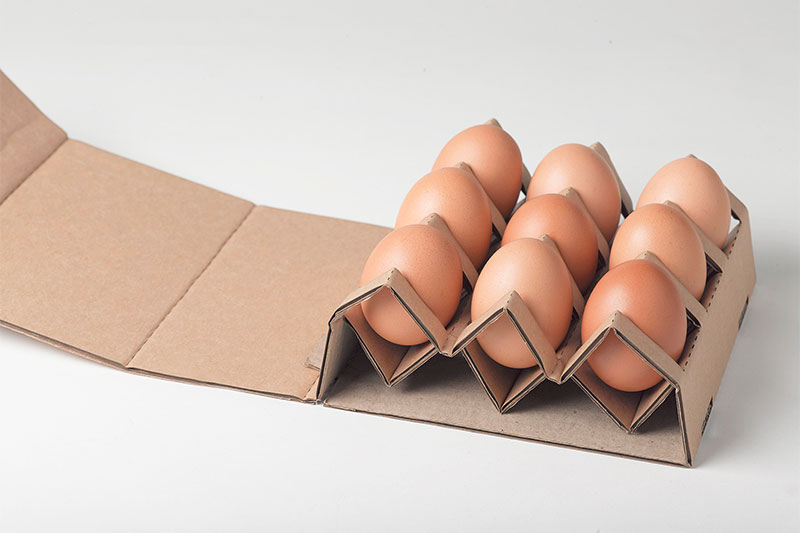
Market trends in Europe
Analysing the 2020 data at European level (EU 27 countries), the converting paper industry - to which the paper and cardboard packaging industry also belongs - recorded an overall downward trend, with production at -3.9%. The worst results were recorded in Q2 and Q3 2020, a lockdown period, while Q4 experienced trend improvements.
Turnover showed a more significant overall decline (-7.9% compared to 2019); at the level of individual countries, the worst turnover is to be attributed to Germany and Spain (both at -8.2%), followed by France (-7.3%); decidedly better, however, is the trend of Italian turnover, which drops only -3%.
| 2007 | 2008 | 2009 | 2010 | 2011 | 2012 | 2013 | 2014 | 2015 | 2016 | 2017 | 2018 | 2019 | 2020 | Δ 20/19 | Δ 20/07 | |
|---|---|---|---|---|---|---|---|---|---|---|---|---|---|---|---|---|
| Turnover MLN/euro | 7,380 | 7,315 | 6,450 | 7,040 | 7,455 | 7,210 | 7,174 | 7,410 | 7,590 | 7,740 | 7,921 | 8,137 | 8,288 | 8,054 | -2.80% | 9.10% |
| Production t/000 | 5,435 | 5,212 | 4,839 | 5,145 | 5,075 | 4,856 | 4,876 | 4,985 | 5,081 | 5,196 | 5,337 | 5,412 | 5,491 | 5,548 | 1.00% | 2.10% |
| Export (t/000) | 460 | 459 | 443 | 502 | 518 | 521 | 532 | 557 | 561 | 591 | 612 | 630 | 635 | 610 | -3.90% | 32.60% |
| Import (t/000) | 106 | 115 | 100 | 110 | 114 | 124 | 112 | 130 | 130 | 148 | 155 | 157 | 227 | 144 | -36.60% | 35.80% |
| Apparent use (t/000) | 5,081 | 4,868 | 4,496 | 4,753 | 4,671 | 4,459 | 4,456 | 4,558 | 4,650 | 4,753 | 4,880 | 4,939 | 5,083 | 5,082 | -0.02% | 0.00% |
Source: elaborazioni Istituto Italiano Imballaggio
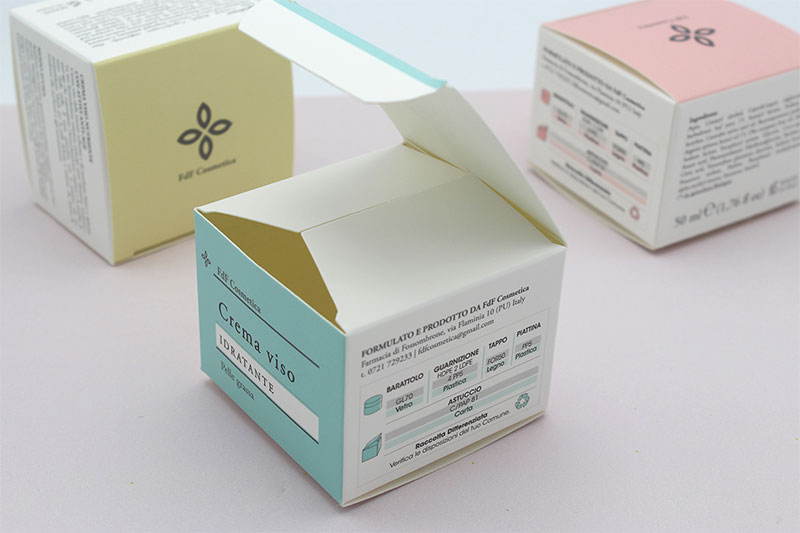
Market trends in Italy
In Italy, the cellulose packaging sector manages to maintain a certain balance of representation with respect to the total packaging sector, both if it is analyzed in terms of weight (33%) and in relation to turnover (about 24%).
In 2020, despite the difficult economic moment experienced by the entire manufacturing sector, the paper and cardboard packaging industry managed to record a positive trend.
This was a significant success for Italy, with production of paper packaging increasing by 1%, reaching over 5,540 t/000. Diverse trend instead for the turnover, which closes with a decrease of -3% compared to 2019, settling at 8,054 mln euros.
Foreign trade is also down, again with data expressed in tons: exports at -3.9%, imports at -36.6% (!).
The apparent utilization (derived from the formula production + import - export), which does not take into account the movement of stocks, is instead stable compared to the previous year.
The majority of trade takes place in Europe: 86.7% of imported paper and cardboard packaging comes from European countries, just as 87.5% of our exports remain in the Old Continent. France and Germany remain the countries with which we have the most significant exchanges: the transalpine cousins absorb 30.5% of our exports within the EU, while we import from Germany a share of 31.5% of total imports from the EU. As regards the rest of the world, 93% of non-EU imports come from China, while around 72% of our non-EU exports go to Africa.
| 2007 | 2008 | 2009 | 2010 | 2011 | 2012 | 2013 | 2014 | 2015 | 2016 | 2017 | 2018 | 2019 | 2020 | Δ 20/19 | Δ 20/07 | |
|---|---|---|---|---|---|---|---|---|---|---|---|---|---|---|---|---|
| Corrugated cardboard | 3,837 | 3,705 | 3,485 | 3,677 | 3,613 | 3,473 | 3,498 | 3,570 | 3,620 | 3,719 | 3,791 | 3,886 | 3,933 | 4,000 | 1.70% | 4.20% |
| Flat cardboard | 780 | 759 | 688 | 745 | 747 | 707 | 700 | 731 | 764 | 769 | 783 | 790 | 821 | 819 | -0.20% | 5.00% |
| Sacks | 215 | 201 | 185 | 198 | 198 | 182 | 191 | 195 | 189 | 187 | 195 | 197 | 203 | 200 | -1.50% | -7.00% |
| Paper laminated | 132 | 132 | 131 | 135 | 137 | 134 | 132 | 136 | 139 | 139 | 139 | 139 | 139 | 139 | 0.00% | 5.30% |
| Other (1) | 471 | 415 | 350 | 390 | 380 | 360 | 355 | 353 | 369 | 382 | 401 | 400 | 395 | 389 | -1.50% | -17.40% |
| Total | 5,435 | 5,212 | 4,839 | 5,145 | 5,075 | 4,856 | 4,876 | 4,985 | 5,081 | 5,196 | 5,309 | 5,412 | 5,491 | 5,547 | 1.00% | 2.10% |
1) In 2017 a new survey method was introduced
Source: elaborazioni Istituto Italiano Imballaggio
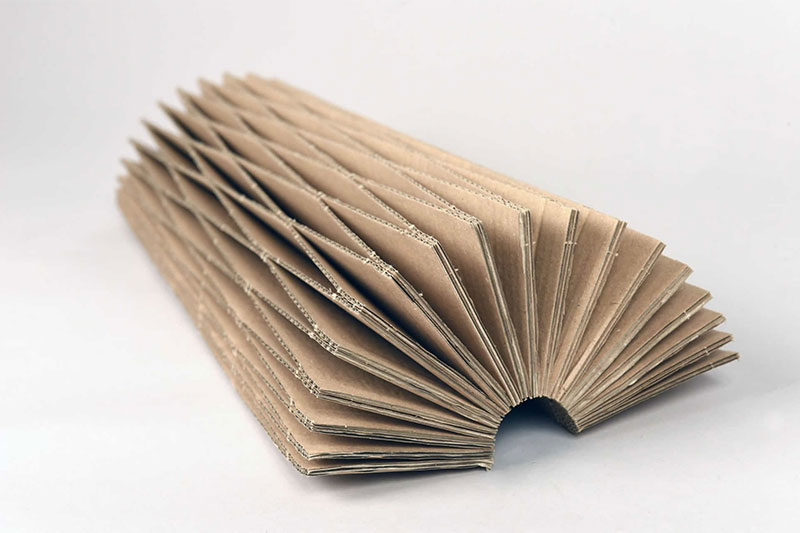
In detail, the types of cellulose packaging
Corrugated cardboard sheets and containers
This material is mainly used in the production of boxes used for transport and storage of goods or as secondary packaging to contain products that are, in turn, packaged in primary packaging.
For some years now, the trend of the sector, even in our country, is positively influenced by the use of online buying and selling of goods, a type of distribution that, only in Italy, has touched in 2020 a growth rate of 30%. This trend has led to the movement of about 420 million shipments, from which the corrugated industry has received a great boost. In 2020, corrugated cardboard packaging accounted for 73.9% of total paper and cardboard packaging, an increase in representation compared to the previous year. Production reached 4,000 t/000 (+1.7% compared to 2019).
It is not only the online market that positively influences the sector, also helped by the progressive recourse to corrugated cardboard in the fruit and vegetable sector for the production of crates that, little by little, are supplanting wooden ones. As far as foreign trade is concerned, there is still a positive trade balance, with exports continuing to be significantly higher than imports. In 2020, however, foreign trade showed negative trends: -63% for imports and a limited -4% for exports. On the basis of the analysis of the sectors that use corrugated cardboard, according to the numbers processed in the Italian Packaging Institute database, 34.6% of corrugated cardboard is destined for the food sector, 12.6% for fruit and vegetables and 16.8% for beverages, for a total of 64% (food sector). The remaining part is divided between furnishings (10.9%) and other (25.1%). The growing trend of the food sector compared to the others should be underlined.
Folding cartons and boxes
Folding carton boxes represent 15.4% of paper and cardboard packaging. They can be composed of 100% cardboard or combined with PE film or aluminum film. The combination of plastic film or aluminum film is usually necessary to give the carton a more attractive appearance, as is the case, for example, with those used in the cosmetics sector, or for special requirements related to use.
In 2020, production was down by 0.3%. Of the approximately 819 t/000 produced, 83% is accounted for by folding cartons, the remainder being boxes of various sizes.
As far as foreign trade is concerned, exports dropped significantly (-5.9%), while imports were down 3.5%.
This type of packaging is used for 45.9% in the food sector and 19.6% in the beverage sector (both areas are growing). 9.8% is used for cosmetics and pharmaceuticals, while the remaining 24.7% is attributable to the item “other non-food”, which includes, for example, small and large household appliances, cookware and kitchen utensils, household cleaning products, furnishing accessories, etc.
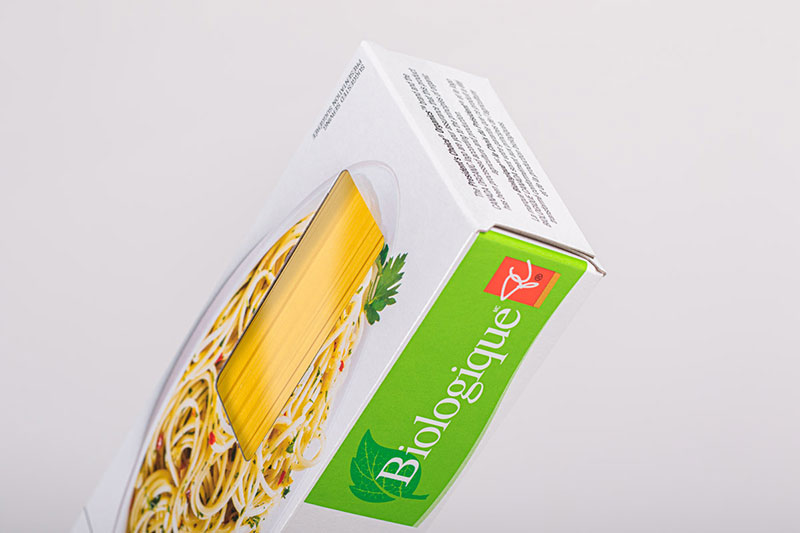
Large paper sacks
According to elaborations carried out by Gipsac (one of Assografici’s Specialization Groups), in 2020 the sector, with a 3.7% share of total cellulose packaging, will record a -1.7% decrease. This type of packaging is mainly used in the “construction” sector to package building materials (57.5%), followed by the food sector (17.9%) to package flour, cereals, etc., and the animal feed sector (10.5%). The item other represents 14.1%.
Other cellulosic packaging
This item includes various types of packaging, such as cellulose drums and tubes for packaging bottles, cellulosic tubes for household paper, wrapping paper, parchment and sulfite wrapping paper, corrugated paper, small bags, shoppers, automatic wrappers, paper sheets for garment support, labels, platforms and displays made of folding carton and cardboard, etc. In 2019, the item under analysis shows a decline of about -1%, with imports down 32.6% and exports also down, but by -9.4%.
Production expressed in tons is 391 t/000.
Laminated rigid containers with a prevalence of paper
This analysis also includes paper-based laminated containers, even though they are analyzed in a separate chapter in Packaging in Figures. For this type of packaging there has been a certain stability for several years. They are undoubtedly a type of packaging strongly rooted in the main user sectors, such as milk and derivatives and fruit juices.
Recycling and quotations of raw materials
The recycling of paper and cardboard packaging continues to grow: in 2020 the recycling rate reached and exceeded 87%, 10 years ahead of the targets set for 2030. A very important result achieved thanks to the work of COMIECO, the consortium that, within CONAI, is responsible for guaranteeing and promoting the recycling of paper and cardboard packaging.
Raw material prices. In 2020, the average prices of raw materials used to produce paper and cardboard packaging will all fall.
The prices taken into analysis are those of the Milan Chamber of Commerce and show an average -6.2% for prices relating to corrugated cardboard, -9% for paper to be wrapped, -9.5% for paper used to produce sacks, and -0.8% for coated cardboard. Average prices for paper coming from recycling are also down around -10%.
The decreases concern not only the prices quoted in our country but also the quotations recorded at European level.



















